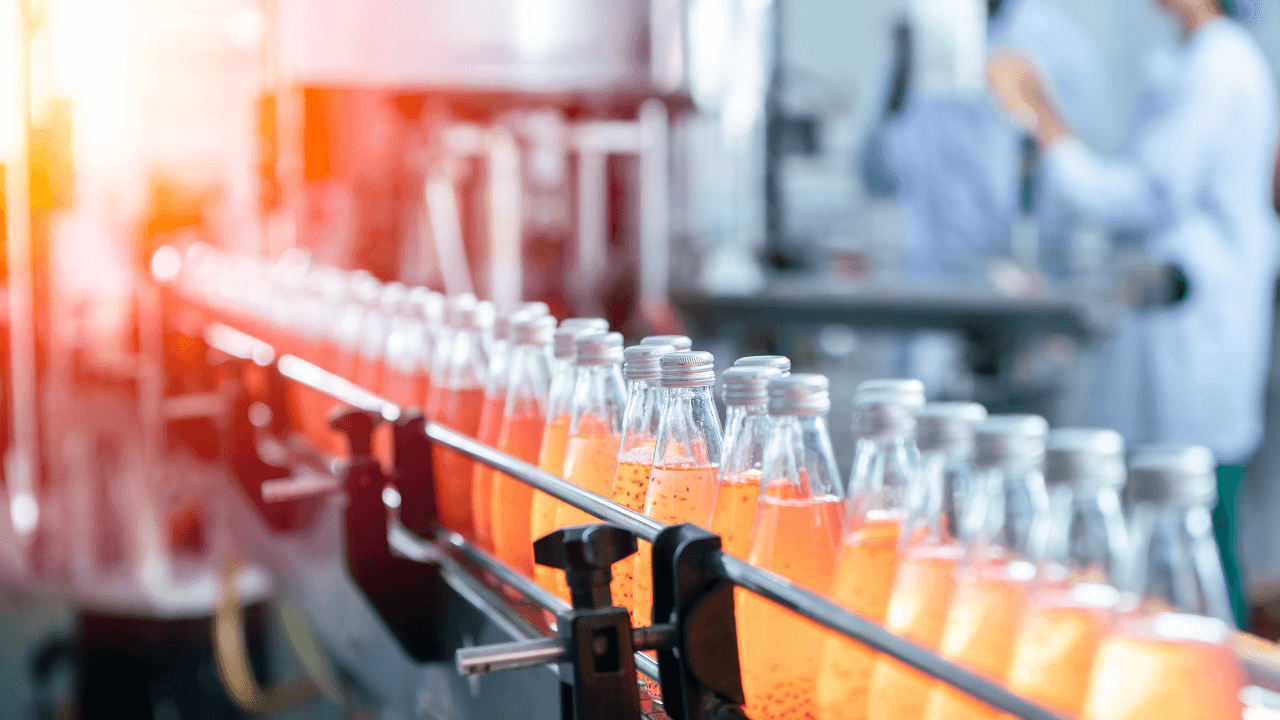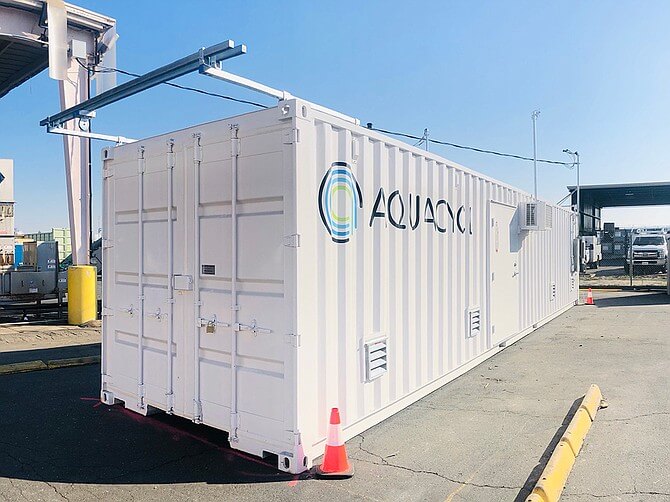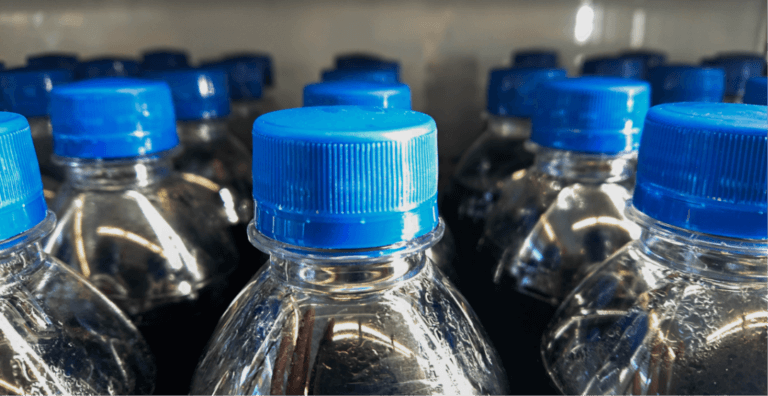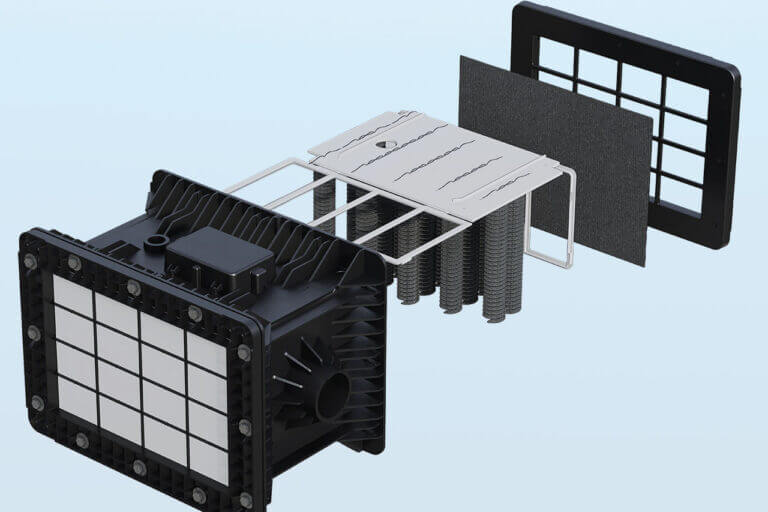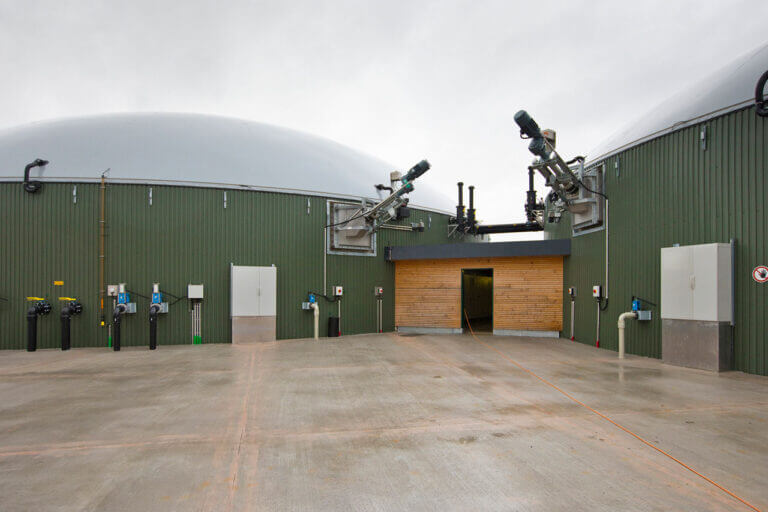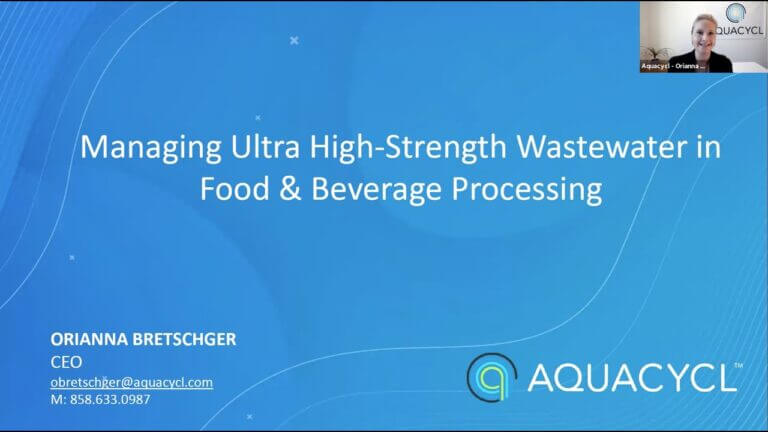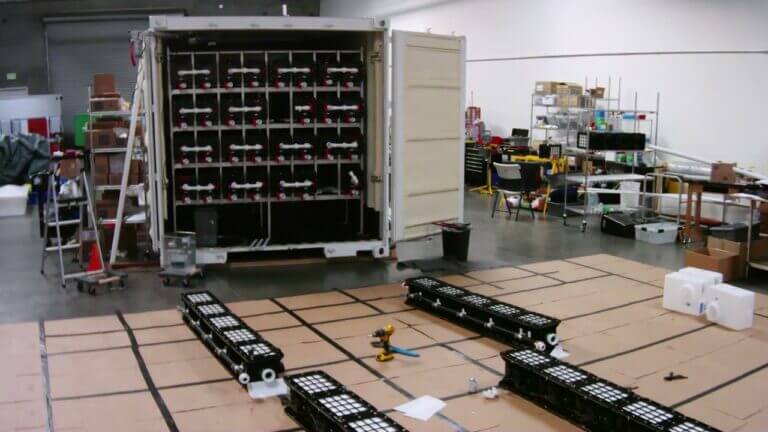Bottling plant wastewater comes with its own suite of challenges stemming from several steps of the production process. Challenges that can not only cost you major fines but shut down production and cause irreversible reputational damage. From disposing of bad batches, to managing production variability, how do you even begin to handle the many issues that can arise from your hard-to-manage wastewater?
Drawing from our experience with bottlers, we understand the hurdles you face in maintaining operations while addressing costs and environmental concerns. Our goal is to help you isolate these challenges and provide insights that empower you to make informed decisions in your wastewater management.
Let’s dive in!
The Biggest Challenges in Bottler Wastewater – And Which Steps of Your Process Are Causing Them
In the world of beverage production, bottling lines play a crucial role. However, with great production comes great responsibility, particularly in managing the wastewater generated throughout the various stages of the bottling processes. Understanding these will lend you to more sustainable, cost-effective wastewater management practices:
- Composition Variability
Bottling different beverages at one facility creates different pollutants in your wastewater and conventional wastewater treatment systems require consistent composition and flow rates to operate efficiently. Therefore, a conventional approach to wastewater treatment may not be able to effectively handle production variability; and existing technologies may be challenged when new bottling lines are added to a facility, or existing lines are running at higher capacity.
Where it occurs: Changing product lines or production processes – hot fill and cold fill lines will contribute.
- Variable pH
Fluctuating and non-neutral pH can hinder biological treatment processes. Therefore, pH must be neutralized before discharging to a sewer or onsite treatment plant. An acidic pH will require the addition of caustic (sodium hydroxide) while a basic pH will require the addition of an acid to the waste stream to neutralize the pH (achieving a pH between 6-9). Making pH adjustment prior to treatment is essential for efficient wastewater treatment.
Where this occurs: The addition of CO2 gas to carbonate beverages lowers the pH. The ingredients used in some beverages and chemicals used in clean in place (CIP) processes also affect pH.
- Chemical Cocktail
Your wastewater contains a mix of organic compounds (such as sugars and proteins), nutrients (such as nitrogen and phosphorus), and potentially harmful substances like cleaning agents, chemicals, and sanitizers. Managing this complex mixture requires effective treatment methods to meet environmental standards. The pH of the cleaning agents must also be considered prior to discharging.
Where it occurs: CIP processes, blending and batching stations, and bottling lines.
- Water Usage
As a water-intense industry, high water usage can strain local water supplies, increase the volume of wastewater, and may be a business risk when operating in water-stressed geographic regions. Minimizing water usage and optimizing the water use ratio for production requires effective water conservation measures in addition to production water reuse strategies to offset operational water consumption. For example, treated production effluent can be used for cooling tower makeup, first rinse of a CIP, non-production warehouse cleaning, etc. Each reuse application will require a specific water quality that is consistently monitored, and reliability maintained. Many large bottlers and brewers have set strong targets for water use ratios – some as low as 1.2.
Where it occurs: Wastewater is primarily generated during production washing and rinsing but water use for cooling tower makeup, boilers, irrigation and facility services will also contribute to your total water use ratio and overall water footprint.
- High Suspended Solids
If your facility has a crusher for addressing rejected products from the bottling lines, or returns from your distribution network, then you will likely be generating solid particulates from the crushing process. These solids may be organic from biomass growth or crystalized product that is washed away from the crushing equipment during cleaning; or the solids may inorganic including pieces of labels, bottles, cans, and caps resulting from crushed packaging. All organic and inorganic solids (quantified as total suspend solids, TSS) must be separated from the wastewater before any type of treatment can successfully remove the soluble sugars and other organics.
Where it occurs: Crushing operations and handling/recycling solid materials and general cleaning processes.
- Organic Overload
Crushing operations will lead to highly elevated organic carbon (e.g. sugar) in the wastewater. The organic carbon is measured as biological oxygen demand (BOD) and will put a strain on wastewater treatment systems when discharged in high concentrations. Crushing effluents may need to be hauled offsite for efficient treatment of BOD depending on site permits and operations. The BOD concentrations associated with crushing operations can range from 30,000-150,000 ppm.
Where it occurs: Disposing of bad syrup/flavoring batches, bag-in-a-box, and rejected/returned or expired products.
- Cost Efficiency
Probably the most challenging of all is balancing compliance with cost efficiency and sustainability. Effective wastewater management requires investment in production process optimization, production wastewater capture and/or isolation, different treatment technologies depending on end-use or discharge requirements, monitoring equipment, and skilled personnel for operations.
Where this occurs: Every step of the production process.
The Domino Effect on Production
What happens if you don’t adequately address these challenges? Your production may be disrupted, fined, and even shut down. Issues arising from your wastewater may result in products sitting on the line, leading to expiration and lost revenue. Similarly, mismanagement of bad batches can have compounding effects on your operations and subsequent production.
Identifying Disruptors
Understanding potential wastewater-related disruptions is key. Inefficient operations and environmental non-compliance, stemming from factors like outdated or inadequate treatment or failure to adapt to standards, can lead to shutdowns. An analysis of all the different beverage facility operations/processes, and water use requirements for each process, is the critical first step in pinpointing vulnerabilities and prioritizing and implementing solutions to mitigate business risk.
Expanding Product Lines
Most companies we talk to face a common issue, how to manage their wastewater as their operations grow.
Whether you’re adding a new product line or increasing your capacity on existing lines, your wastewater is directly affected and is often a forgotten aspect in the planning process. If you’re lucky, these will just lead to higher surcharges, but for some bottlers, this could mean your local municipal treatment plant won’t take your wastewater anymore – leading to a halt in production. Growing volumes or concentrations, changes in composition, and outdated treatment systems may hinder production output. Scalable, flexible wastewater management solutions become imperative when planning for production growth.
Solutions for Bottler Wastewater
Enough of the negativity, let’s get to the part you’ve been waiting for – how to turn your bottling plant’s wastewater challenges into opportunities for cost-savings and sustainable operations.
Understanding Your Wastewater
Start by sampling and analyzing your wastewater at different parts of the production process. Employ manual sampling processes, automated composite sampling, and/or inline sensors at the discharge points of your critical bottling equipment to measure your organic carbon concentration, volume, turbidity, pH and temperature.
Choosing the Right Wastewater Management Method
Once you have a comprehensive understanding of your wastewater, the next step is choosing the right methods for treatment, disposal and/or reuse based on wastewater composition, volume, and regulatory and business requirements. Off-site solutions may not be sustainable for long-term growth. Hauling wastewater can be costly, risky, and increase your carbon footprint. Relying on utilities can also introduce risks associated with rate increases, permit changes, and/or regulatory compliance shifts. All of these can lead to potential fines or production disruptions that you’d like to avoid.
When it comes to onsite treatment for beverage bottling wastewater, two options stand out: aerobic and anaerobic treatment. Aerobic treatment adapts well to variable flow conditions but may not be able to handle high organic loads. On the other hand, anaerobic treatment excels in breaking down high concentrations of organic matter but is sensitive to varying compositions and volumes. A combination of different methods can often be the most reliable solution; however, cost-efficiency and return on investment must be considered for the final decisions.
Embracing Advanced Technologies
The best option for bottlers would be to apply new technologies that can handle your specific wastewater challenges.
Consider investing in advanced monitoring systems that provide real-time data analytics, allowing for prompt adjustments to treatment processes. Employ advanced separation technologies for removing suspended solids and utilize membrane-based systems for removal of salts and trace contaminants.
And of course, turn to a system like Aquacycl for treating the high concentration effluents from different production processes that can work in concert with conventional and innovative approaches. Creative and diversified wastewater management approaches will effectively treat your high organic load, enable water circularity, and promote production expansion without a significant cost-burden.
Using a Stream Separation Approach
From our work with PepsiCo, we found that 3% of their effluent volume accounted for 60% of organic concentration, which was more than doubling their sewer surcharges.
This is true for many beverage producers as certain streams from different parts of your process will generate more concentrated effluents. These process streams include the first rinse of a CIP process from batch rooms and bottling lines, bad batches of product (rare but potent), and crushing operation discharge. By isolating these high-concentration streams and treating them independently, you can achieve massive savings in your wastewater management costs.
And this is exactly what we do at Aquacycl.
Aquacycl’s Tailored Approach
Our approach includes working with our beverage partners to identify process flows that can be isolated and designing simple and cost-efficient wastewater treatment solutions that will handle varying conditions, high organic loads, and chemicals. Our systems are modular and grow with you to accommodate expansion plans. We provide treatment as a service with real-time, remote, monitoring and a team of operators that are ready to address any issues onsite. Because of the inherent modularity in the design of Aquacycl treatment systems, there is no downtime when maintenance is required, minimizing production delays and unexpected costs.
By providing wastewater treatment as a service Aquacycl enables you to focus on your core business while we handle the inherent challenges of beverage production wastewater. We’re here to assist with optimization, expansions, monitoring and treatment technology selection, and any wastewater challenges that arise.
With this guide, you have a starting point to building a robust wastewater management plan that can handle any challenges that may arise from your bottling operations. Through innovation and a commitment to responsible production, you can forge a path towards sustainable water practices, even in the face of production requirements. Let us take on the tough stuff, schedule a consultation to get started today.

